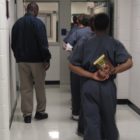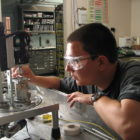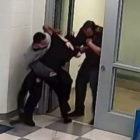
Study: Schooling for incarcerated youth is fragmented, inferior
|
Most of the 50 states have clearly designated which agencies are in charge of hiring teachers for incarcerated juveniles, creating teaching curriculum and other education services. But how and by whom that instruction gets delivered varies substantially from state to state and locale to locale, resulting in a fragmented system that generally provides inferior instruction, according to a recent report from Bellwether Education Partners.




